Abu Dhabi – The Perfect Escape for Nature Lovers
Sponsored Content From

Abu Dhabi, the UAE capital, has a landmass of about 26,000 square miles and is situated at the edge of the world’s largest continuous sand desert, Rub’ al Khali (the “Empty Quarter”), yet it is a place of great biodiversity and teeming with wildlife.
The Emirate’s Al Wathba Wetland Reserve is home to 4,000 greater flamingos, one of more than 250 bird species found in the Emirate, with critically endangered hawksbill sea turtles heading to the 9 km-long Saadiyat Beach every year, filling their nests with up to 100 eggs. Just offshore is the Ras Ghanada coral reef, a vibrant underwater world rich with sea life.
While travelers might typically nominate Costa Rica, the Great Barrier Reef and the Serengeti as popular ecotourism destinations, Abu Dhabi is emerging as an enticing alternative.
“I can’t think of another place I would really want to be,” says Mark Penfield, who lives and works on the nature lover’s paradise of Sir Bani Yas Island – home to one of the region’s largest wildlife reserves, Arabian Wildlife Park - where he is the Activity and Recreation Supervisor.
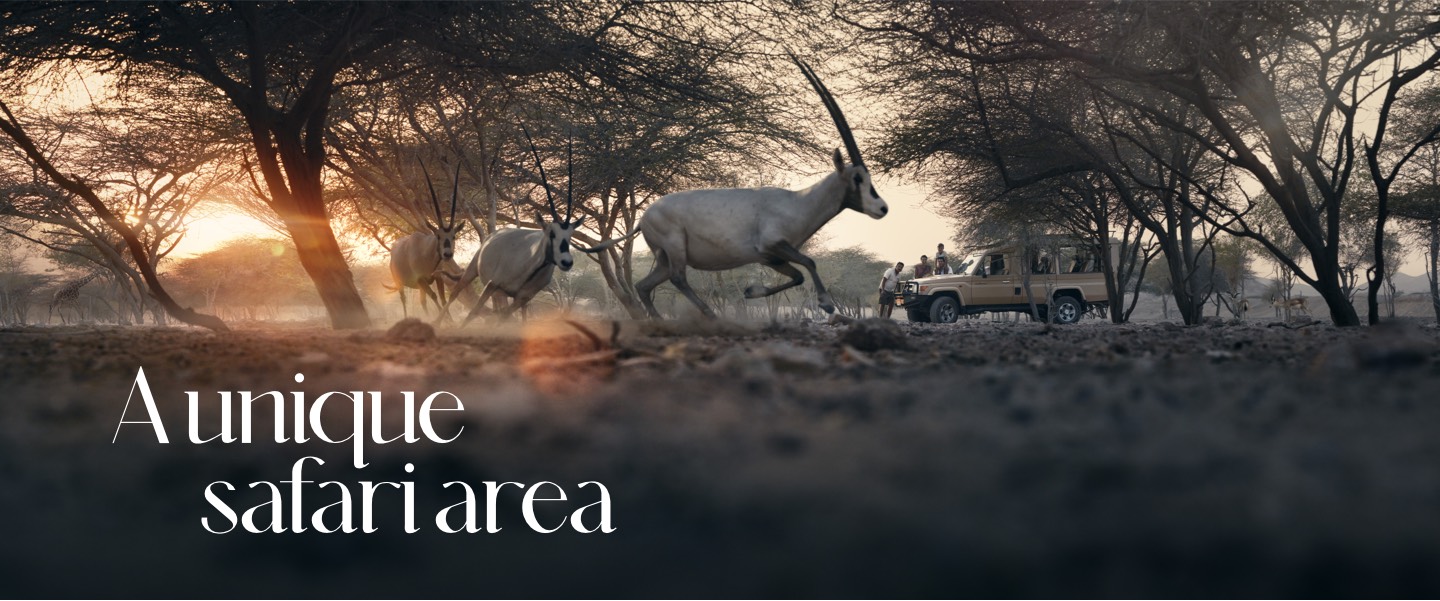
Visitors to Sir Bani Yas Island, only a 20-minute speedboat ride from the glittering towers of downtown Abu Dhabi, can see giraffes, gazelles, Somali ostriches and Arabian oryxes among the 17,000 free-roaming animals on the island. Added to that are more than 200 bird species that live inside the 42-square-kilometer Arabian Wildlife Park.
“It’s a safari area that has three different origin species; you are looking at Arabian animals, and you are also looking at Indian and African species.”
— Mark Penfield, Activity and Recreation Supervisor, Sir Bani Yas Island
Sir Bani Yas Island has been a nature reserve since 1977. Surrounded by an eight-kilometer no-fishing zone and a haven for dolphins, Sir Bani Yas Island has twice been named the World’s Leading Sustainable Tourism Destination by the World Travel Awards.
Visitors can stay in one of three Anantara properties on the island, choosing from rustic-styled luxury lodges, private villas, or an iconic fortress-style hotel – all offering easy access to savannah grasslands, mangroves and warm ocean waters.
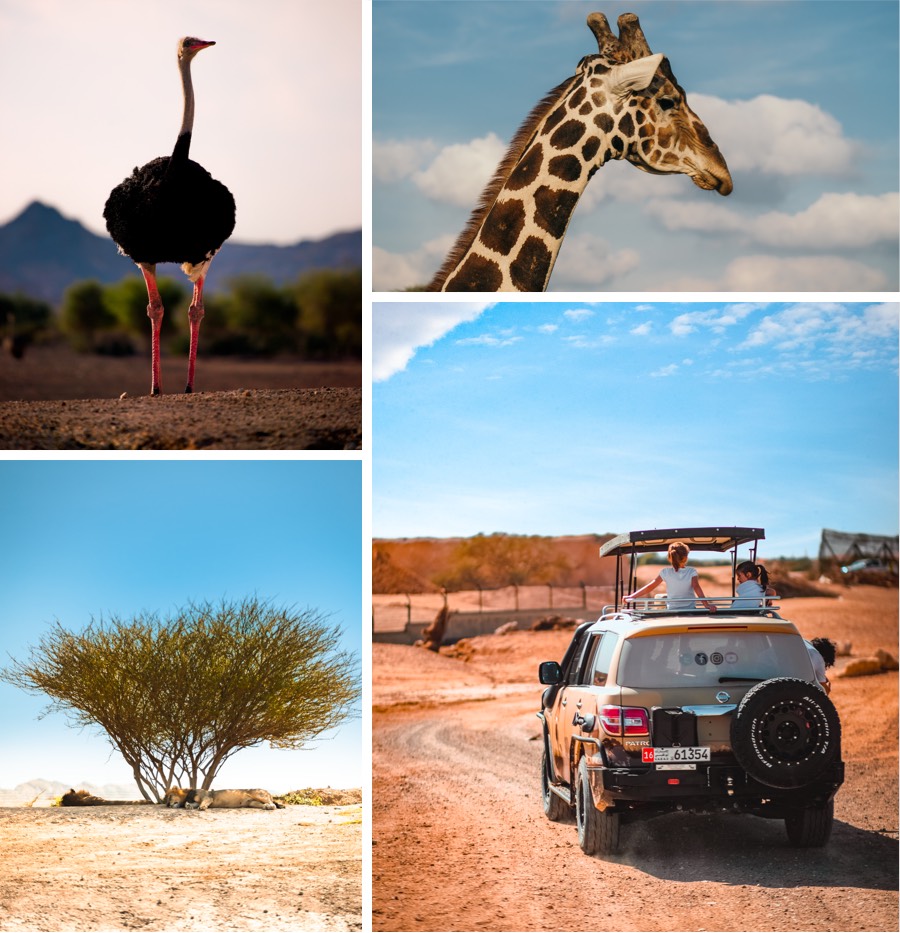
“If you are looking for something totally different and entirely unique, then you definitely need to come to Sir Bani Yas Island,” says Penfield. “Relax, enjoy nature and reenergize.”
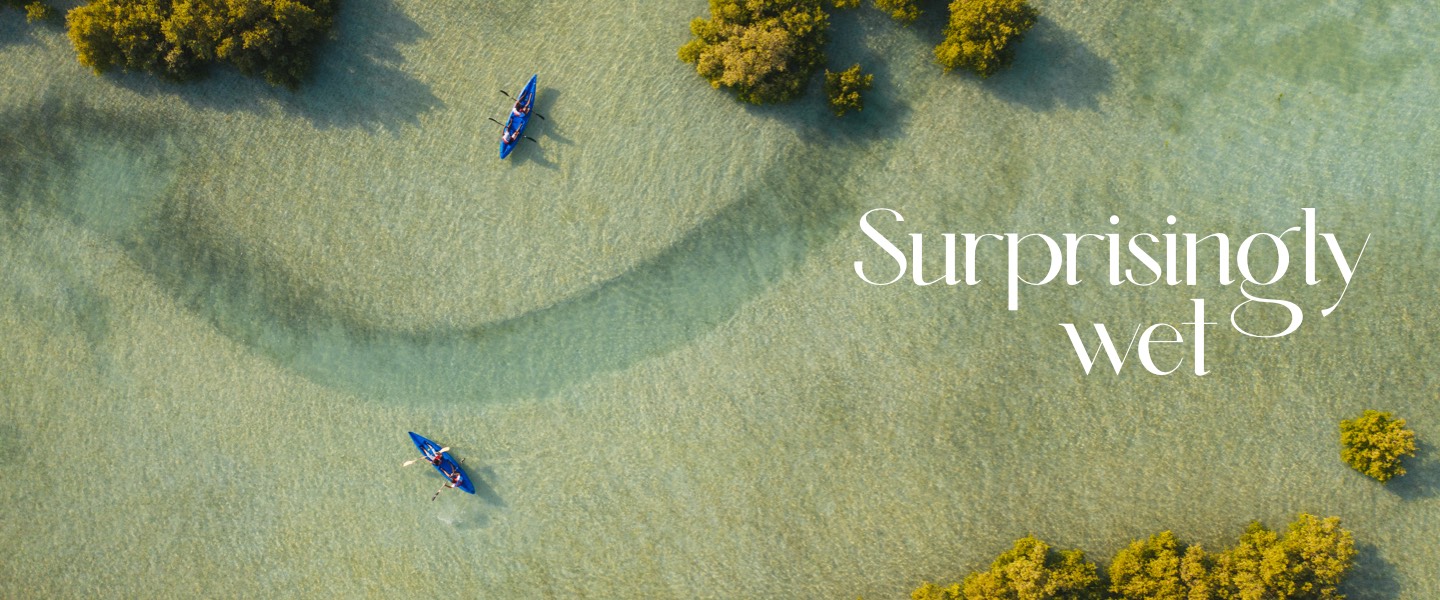
Despite its proximity to the desert, Abu Dhabi is surprisingly wet. Aside from flamingos, the Al Wathba Wetland Reserve – just 40 minutes from Abu Dhabi city – is home to spiny-tailed lizards, red foxes, greater spotted eagles and copious dragonflies and damselflies. Mangrove National Park, closer to the city center, is a magnet for kayakers, and plays a vital role in reducing global warming and shielding the environment from tidal surges. One of 19 zones protected by the Environment Agency – Abu Dhabi, the Middle East’s largest environmental regulator, it also attracts birdwatchers and photographers.

The Emirate’s Bu Tinah Island has the largest concentration of the delightful dugong (sea cow), a gray-brown animal with a fluke tail and small flippers, which feeds mostly on seagrass and is the only marine herbivore. Abu Dhabi has the world’s densest dugong population, protecting the species since 1999 by banning fishing nets, which are among its greatest threats
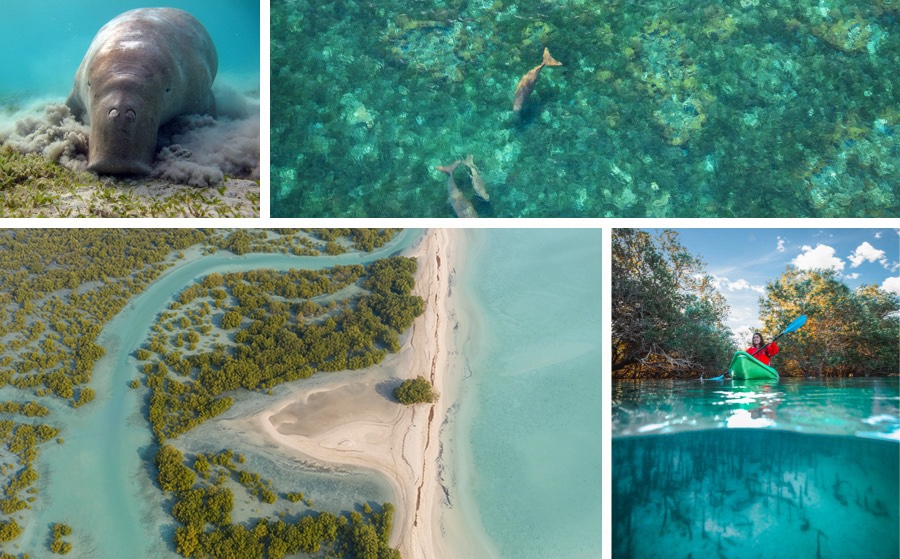
Nature lovers can find similar wetland areas within Sir Bani Yas Island. “You get the chance to do some very cool kayaking through a wonderful area of lagoon and mangrove, and it’s quite beautiful,” says Penfield. Guests can also experience the diverse environment by mountain biking, doing wadi hikes, planting mangroves or diving for pearls.
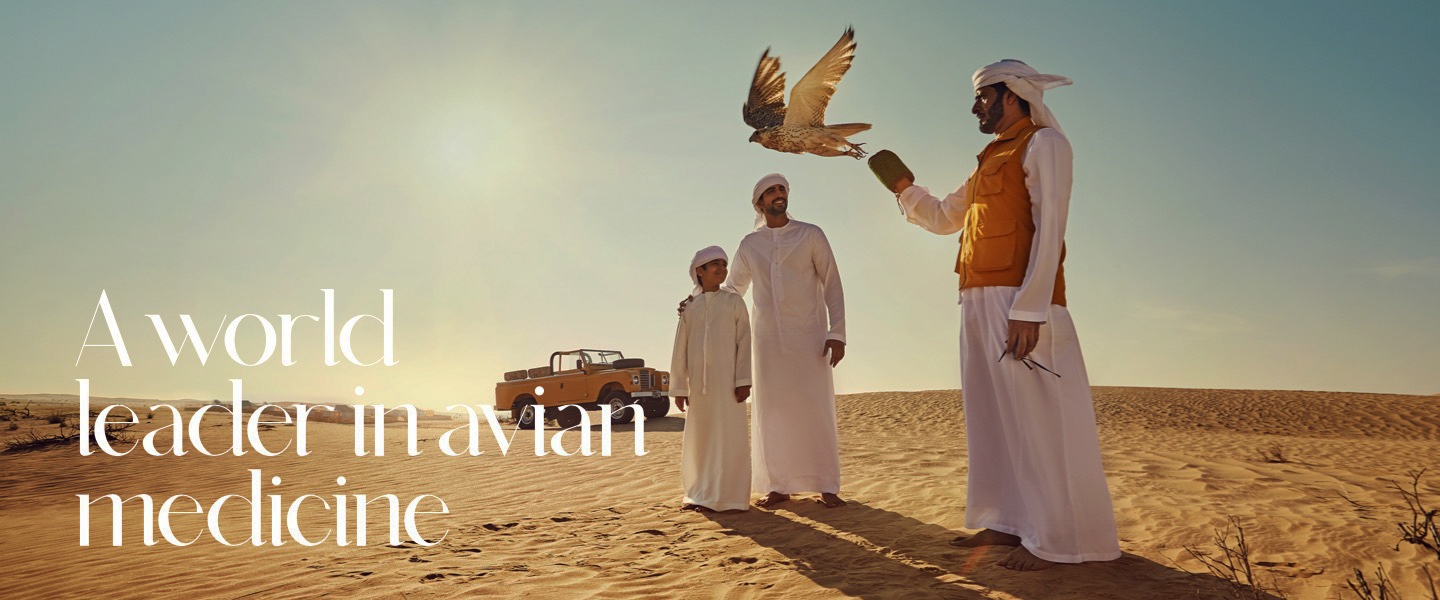
For a unique cultural experience that encompasses nature, visitors to the Emirate can explore the Abu Dhabi Falcon Hospital, the world’s leading institution for avian medicine and research. Established in 1999, it is a reflection of this land’s deep relationship with the elegant bird of prey, a national symbol.
Falcons are integral to the Bedouin tradition and were used to hunt food in the harsh desert environment. Today they remain revered and are allowed to travel in the cabins of passenger aircraft. Abu Dhabi is home to peregrine falcons, saker falcons and the endangered sooty falcons, of which there are only a few breeding pairs left.

The hospital is a sanctuary where falcons undergo surgery for broken wings or have their talons trimmed. Although local falconers are legally permitted to own captive birds, thousands of falcons have been released under the Sheikh Zayed Falcon Release Programme.
Heading east from Abu Dhabi to the garden city of Al Ain, nature lovers can experience an eco-conscious safari, spotting lions, white rhinos, zebras and wildebeest in a 217-hectare park created at the base of Jebel Hafit, Abu Dhabi’s tallest mountain peak. The Al Ain Safari experience, part of the Al Ain Zoo, is driven by a passionate team of Emirati safari guides and is a must-do when in Al Ain.
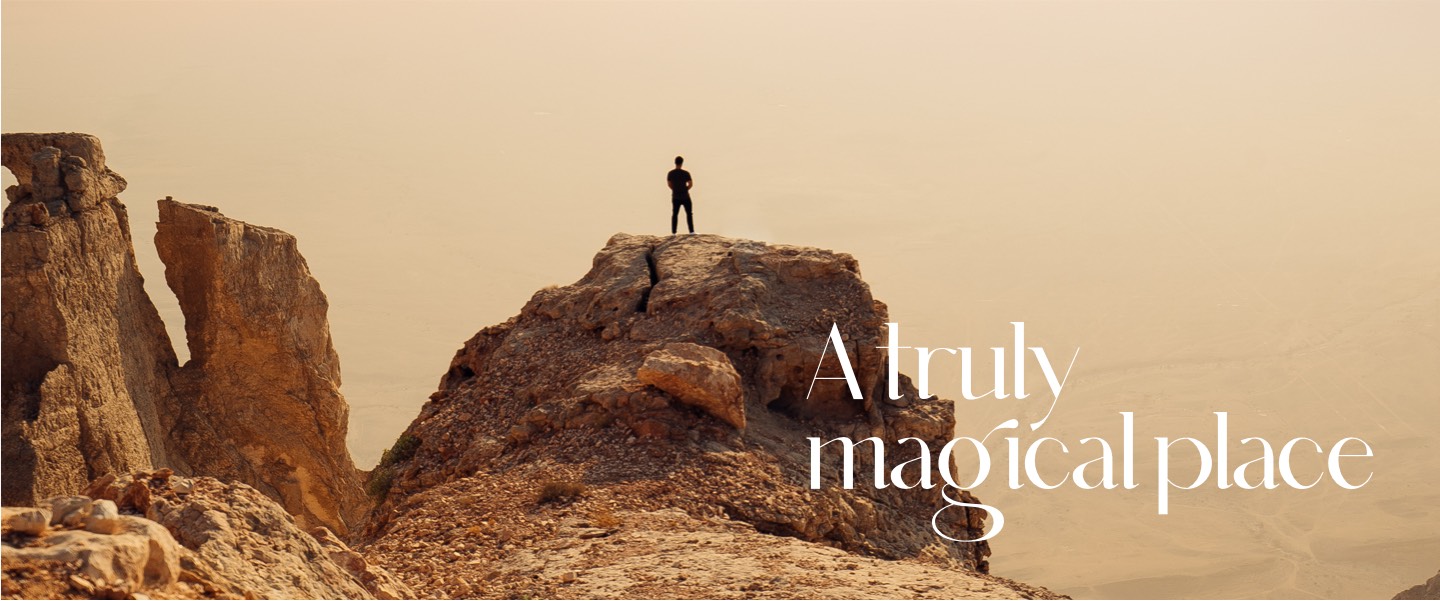
The desert is a natural wonder, too, and those interested in geology will be drawn to the Al Wathba Fossil Dunes, a landscape on the western fringes of Abu Dhabi so striking that it was used to represent the eerie planet of Jakku in the film Star Wars: The Force Awakens. Abu Dhabi is also home to the sand cat, the only feline known to live in a desert environment.
On Saadiyat Island, the only hawksbill turtle conservation program in the Middle East has been rigorously implemented for more than a decade. It ensures that people stay clear of the dune system during nesting season, and that bright lights and beach furniture are not a source of disorientation for baby turtles as they navigate their way to the sea. All of this is taking place just a short distance from Sheikh Zayed Bridge, Etihad Towers and other glittering landmarks a few minutes’ drive away.
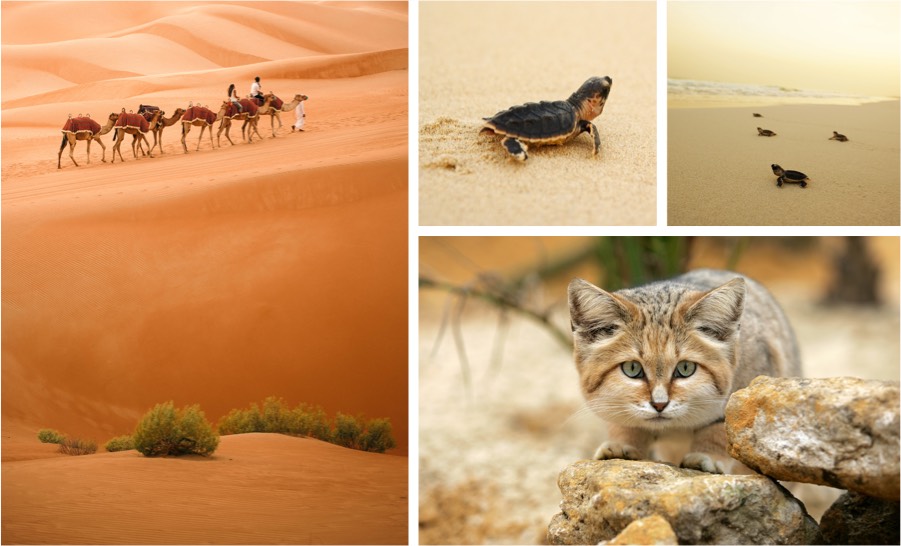
Aside from hawksbill turtles, Abu Dhabi also welcomes green turtles and the world’s largest population of Indian Ocean humpback dolphins that gather in groups of up to 24 individuals. Dhofar toads and many other native species can also be found across the Emirate. This Arabian land of less than 1.5 million people comprises a remarkable archipelago of 200 islands - of which Abu Dhabi city is one and Sir Bani Yas Island another – with each one showcasing its own surprising natural sights. “It’s a truly magical place,” says Penfield.